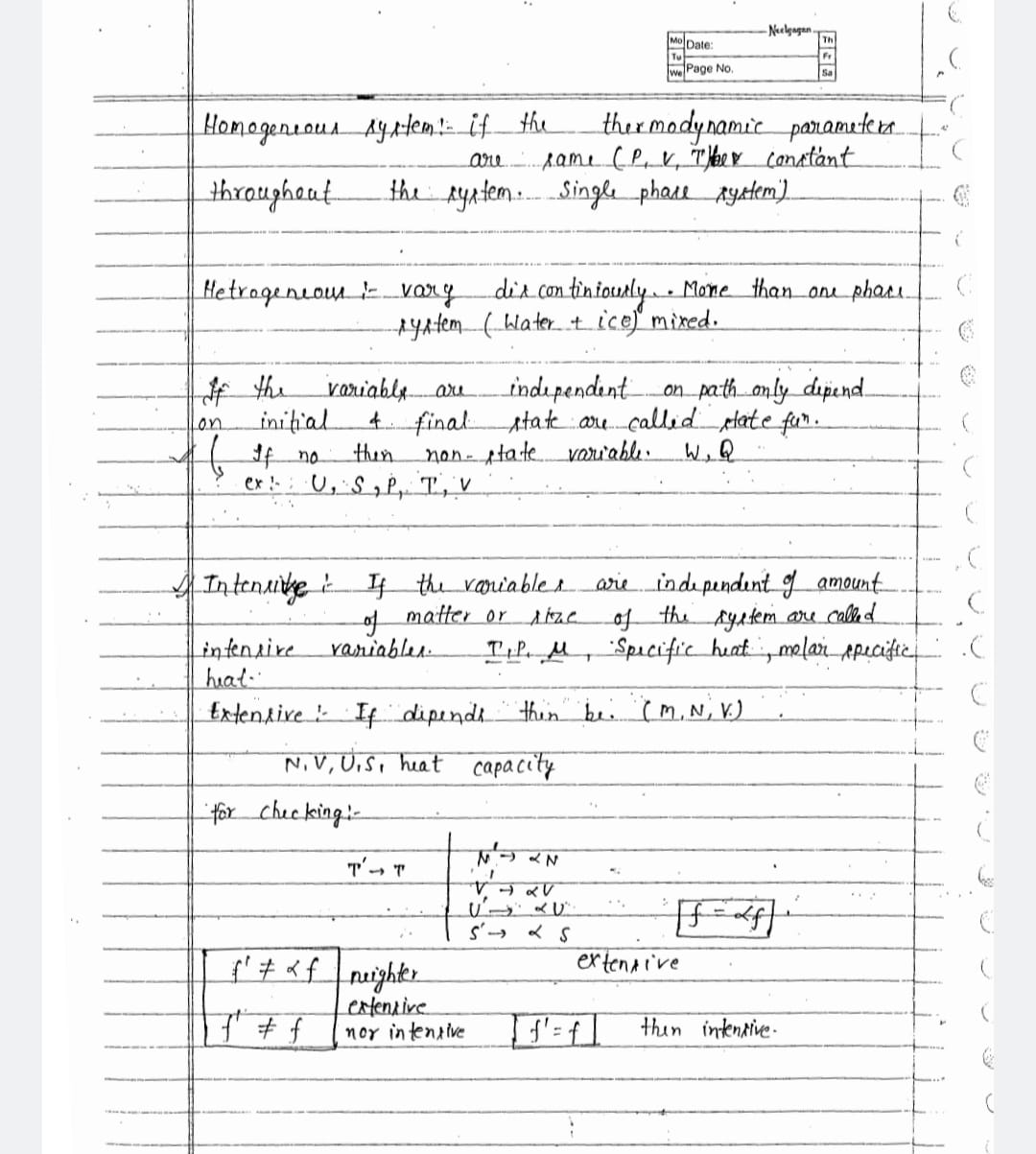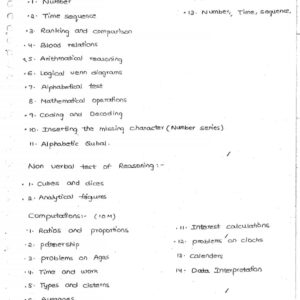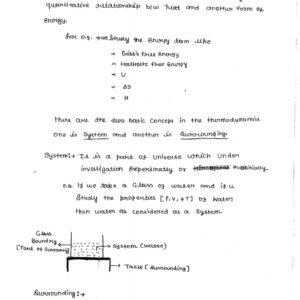“`html
Advanced Thermodynamic Concepts
Thermodynamics, an essential branch of physics, revolves around the principles that govern energy transfer and transformation. As we delve into advanced thermodynamic concepts, it is imperative to have a comprehensive understanding of terms like entropy and Gibbs free energy and their mathematical formulations. Moreover, an in-depth exploration of the laws of thermodynamics is necessary to appreciate their real-world applications.
Entropy plays a pivotal role in thermodynamic systems, representing the degree of disorder or randomness. Mathematically, it can be defined using the Boltzmann equation:
S = k ln(Ω)
where S denotes entropy, k is the Boltzmann constant, and Ω represents the number of microstates. Understanding entropy helps in predicting the spontaneity of processes; a system will tend to move towards higher entropy.
Gibbs free energy, another fundamental concept, is used to determine the spontaneity of reactions at constant pressure and temperature. The Gibbs free energy change (ΔG) is given by:
ΔG = ΔH – TΔS
where ΔH is the change in enthalpy, T is the temperature, and ΔS is the change in entropy. For a reaction to be spontaneous, ΔG must be negative. This equation also serves as a crucial tool in chemical thermodynamics, helping to predict reaction feasibility.
The laws of thermodynamics are cornerstone principles that describe the flow of energy. The first law, also known as the Law of Energy Conservation, asserts that energy cannot be created or destroyed, only transformed. Mathematically, it can be expressed as:
ΔU = Q – W
where ΔU is the change in internal energy, Q is the heat added to the system, and W is the work done by the system.
The second law of thermodynamics introduces the concept of entropy, stating that the total entropy of an isolated system always increases over time. This law reveals why certain processes are irreversible, highlighting the natural tendency towards disorder.
Finally, the third law of thermodynamics indicates that as the temperature approaches absolute zero, the entropy of a perfect crystal approaches zero, providing insight into the behavior of substances at near-zero temperatures.
For students aiming to master these advanced thermodynamic concepts, it is essential to engage with these ideas through practical problems and examples illustrated by the topper’s notes. Applying these concepts to real-world scenarios not only deepens comprehension but also equips learners with the skills to tackle exam questions effectively. Thus, a strong grasp of these principles is not only academically rewarding but also crucial for applying thermodynamics in practical fields.
“`
Problem-Solving Strategies and Tips
Mastering thermodynamics begins with a methodical approach to problem-solving. Successful resolution of thermodynamics problems involves understanding core concepts and applying systematic strategies. Below, we delineate various problem-solving techniques, as emphasized in the topper’s notes, which have proven effective for excelling in this intricate subject.
First, it’s imperative to thoroughly grasp the fundamental principles such as the Laws of Thermodynamics, state functions, and thermodynamic cycles. Always start by carefully reading the problem to identify what is being asked. Determine which principles or equations are relevant. Drawing diagrams, such as P-V or T-S diagrams, can provide visual clarity and help in understanding processes and cycles involved.
A recommended step-by-step approach involves:
1. **Identify the system and surroundings:** Clearly define the boundaries of your thermodynamic system and identify what comprises the surroundings.2. **List knowns and unknowns:** Make a comprehensive list of given parameters and what needs to be found. This aids in visualizing the problem.3. **Select the appropriate formulas:** Utilize equations like the First Law of Thermodynamics for internal energy, enthalpy calculations, or the Second Law for entropy scenarios.4. **Perform calculations carefully:** Be cautious with units and conversions to avoid errors. Double-check calculations, particularly when dealing with complex cycles.5. **Cross-verify results:** Look for consistency in your results with physical intuition and known benchmarks in thermodynamics.One common pitfall is neglecting the units of measurement, leading to significant errors. Consistency in units throughout the calculations is crucial. Another frequent error is misunderstanding the concept of state functions: remember that properties like internal energy, enthalpy, and entropy depend only on the state and not the path taken.For thermodynamic cycles such as the Carnot or Rankine cycle, break down each process into segments and apply the relevant thermodynamic principles to each. This systematic segmentation helps manage complexity and ensures accuracy.To maintain focus and manage stress, toppers highlight the importance of regular study schedules and frequent problem-solving practice. Time management is critical in exams – allocate specific time blocks to each problem type to ensure coverage of all questions. Practice under timed conditions to improve speed and efficiency.A practical illustration from the topper’s notes involves solving a Rankine cycle problem. Begin by drawing the cycle on a T-S diagram, mark the key points and processes, and apply the First Law of Thermodynamics to each segment. Calculate work input, work output, and the efficiency, ensuring that all values are internally consistent.By adhering to these structured strategies, students can navigate the complexities of thermodynamics confidently, leading to academic success in this challenging subject.





